The United Kingdom’s honours system rewards those who have rendered significant service to the country. These awards are typically in the form of lifetime titles that cannot be passed down to the recipient’s children. However, in very rare cases, a hereditary peerage is granted, allowing the recipient to leave a title to their offspring. This happened to Margaret Thatcher, the longest-serving Prime Minister of the modern era. After standing down as a Member of Parliament (MP) in 1992, she was ennobled as Lady Thatcher, giving her the right to sit in the House of Lords. This was the first hereditary peerage awarded since 1964. Below, I explore the UK honours system in detail, including highlighting the different types of UK honours, the most famous people to get MBEs and finally, how to get an honour.
Different Types of UK Honours
Most people honoured by the country first enter the Order of the British Empire (OBEs), which was established in 1917 by King George V, grandfather of the late queen and great-grandfather of our current monarch, King Charles III. This gives a reward to anyone who has done prominent service to the country in the fields of arts, science or charitable causes. It is not generally granted to people in the civil service who are rewarded with a separate honour.
Around 2000 honours are awarded each year and are published in an Honours List on the monarch’s official birthday in June and on New Year’s Day. They are made up of around
- 400 Members of the British Empire (MBEs),
- 200 Orders of the British Empire (OBEs),
- 90 Companions of the British Empire,
- 40 Knights or Dames of the British Empire (KBE/DBE) or Knights/Dames of the British Empire Grand Cross (GBE).
Recipients of the first three awards can put the letters MBE, OBE or CBE behind their names, while recipients of the last two higher awards entitle the recipient to prefix with the title Sir (men) or Dame (women).
In addition, 250 – 300 people receive British Empire Medals (BEMs) in the Honours List. The BEM was founded in 1917 at the same time as the MBE. It was scrapped in 1993 but revived at the behest of Prime Minister David Cameron in 2012. It is given to civilians or military personnel for actions that are considered by a selection committee to be ‘meritorious.’
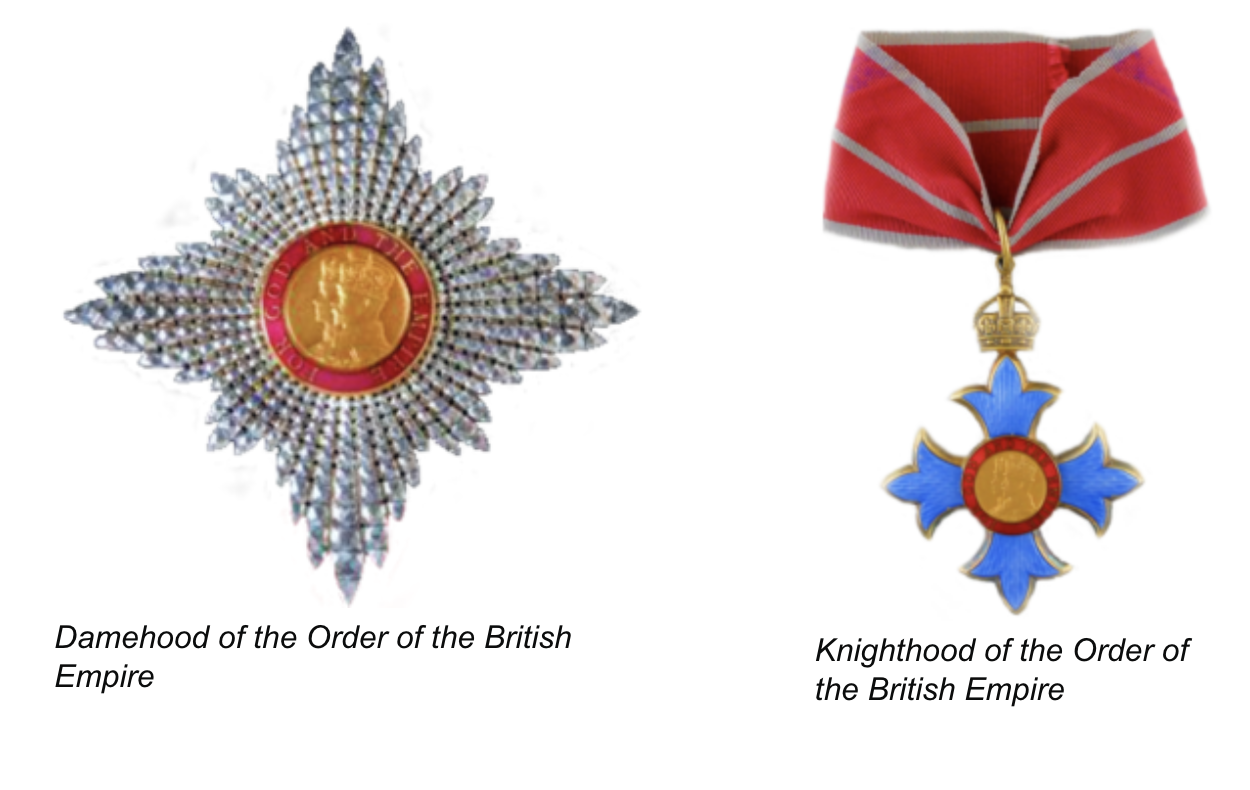 UK Honour System: Damehood and Knighthood medals. Photo Credit: © UK Cabinet Office.
UK Honour System: Damehood and Knighthood medals. Photo Credit: © UK Cabinet Office.
The Controversy Surrounding the Beatles’ MBEs
The most famous people awarded MBEs were probably the members of the group The Beatles, who were given them in 1965 by the Labour government of Harold Wilson. (Although the awards are given out by the monarch, the decision on who should be given them is made by the government of the day.) Several people objected to the Beatles being given MBEs, and some even sent their own awards back in protest. However, awarding MBEs to the most popular group of all time was generally considered a just reward for their services to the country, if only because of their enormous popularity around the world.
The Beatles almost did not receive their awards because the letters inviting them to accept were buried in the huge bags of fan mail they were receiving and were not noticed until the palace reminded their office. John Lennon later sent his MBE back in protest at Britain’s support for Nigeria in the war with Biafra, while George Harrison said that the letters MBE should stand for ‘Mr Brian Epstein’, their manager who had helped make them famous.
In fact, the letters MBE stand for ‘Member of the British Empire,’ a title that was considered acceptable when the order was founded in the early twentieth century but is now thought by many to be out of date as the empire is no more and has been replaced by the Commonwealth. It has been suggested that ‘Empire’ should be replaced by ‘Excellence,’ and several people have turned down the award because of its imperial connotations. These include the poet Benjamin Zephaniah, who has said that the name reminded him of ‘thousands of years of brutality’ inflicted on his West Indian ancestors. Others have turned down the award because they do not consider it appropriate to accept one or because they disapprove of the honours system. Those who have turned down awards include the singer David Bowie, the writer Roald Dahl, the painter LS Lowry and the comedian John Cleese.
Most people, however, accept an MBE or OBE if it is offered to them, and those who have done so include the founders of the Institute of Tourist Guiding, Fiona Grant and Tom Hooper.
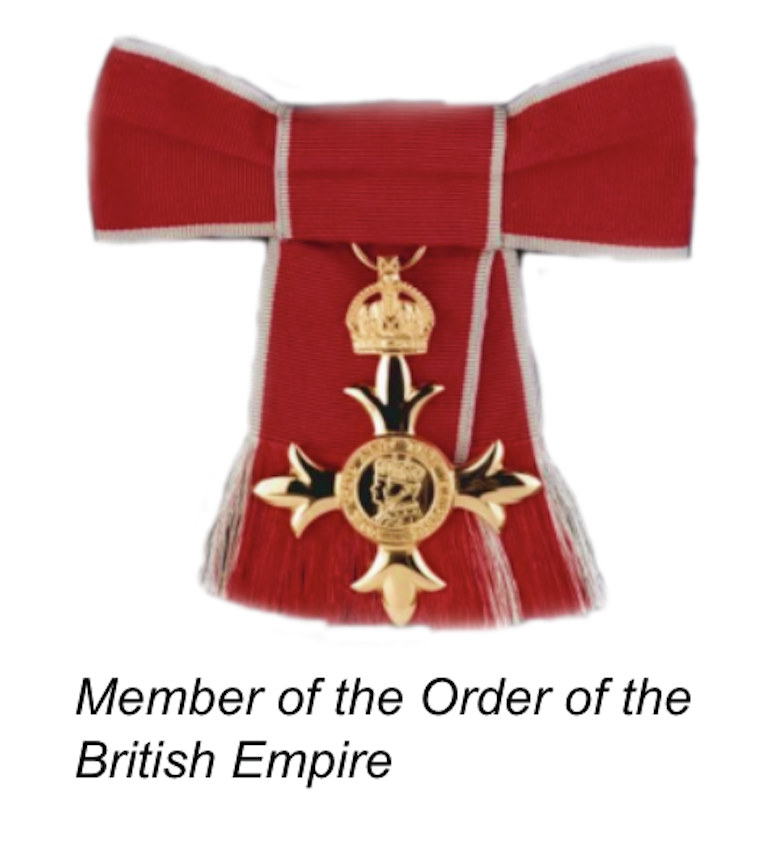 UK Honour System: Member of the Order of the British Empire. Photo Credit: © UK Cabinet Office.
UK Honour System: Member of the Order of the British Empire. Photo Credit: © UK Cabinet Office.
Other Types of UK Honours
Other honours you can be given for exceptional service to the nation (in war or peace) are:
Order of Merit (OM)
The Order of Merit was established in 1902 by King Edward the Seventh and remains in the personal gift of the sovereign. It is restricted to a maximum of twenty-four recipients a year. Current holders of the order, which allows them to use the letters ‘OM’ after their name, include playwright Tom Stoppard, scientist Tim Berners-Lee and painter David Hockney.
Companion of Honour (CH)
This is an award given to those who have made a significant contribution to the arts, science, medicine or government. It was begun in 1917 and is limited to a maximum of sixty-five recipients a year. They include Winston Churchill, J K Rowling and David Attenborough.
George Cross and Victoria Cross
These are given respectively to civilians such as police and fire officers or military personnel who have committed acts of exceptional bravery either on the battlefield or in civilian life.
The George Cross was introduced on Christmas Eve in 1940 by King George VI. It may be awarded posthumously and given to members of the recipient’s family. So far, 416 George Crosses have been awarded, including three collective medals, one of which went to the Island of Malta as a recognition of its bravery in resisting Nazism in the Second World War, one of which went to the Royal Ulster Constabulary and one to the National Health Service.
The Victoria Cross, commonly abbreviated to VC, is awarded to members of the armed services who have displayed ‘valour in the face of the enemy’. It is made from bronze, often from captured guns, and is usually valued at around £400,000. Since its inception in 1856 1358 VCs have been awarded to 1355 people, three men having won it twice. (No woman has ever been given a VC.) Only fifteen have been awarded since the end of hostilities in the Second World War, the last in 2015. The medal was introduced by Queen Victoria who wished to reward those who had shown bravery in the Crimean War. However, she objected to the use of the word ‘brave’, as she said all her solders should be considered ‘brave.’
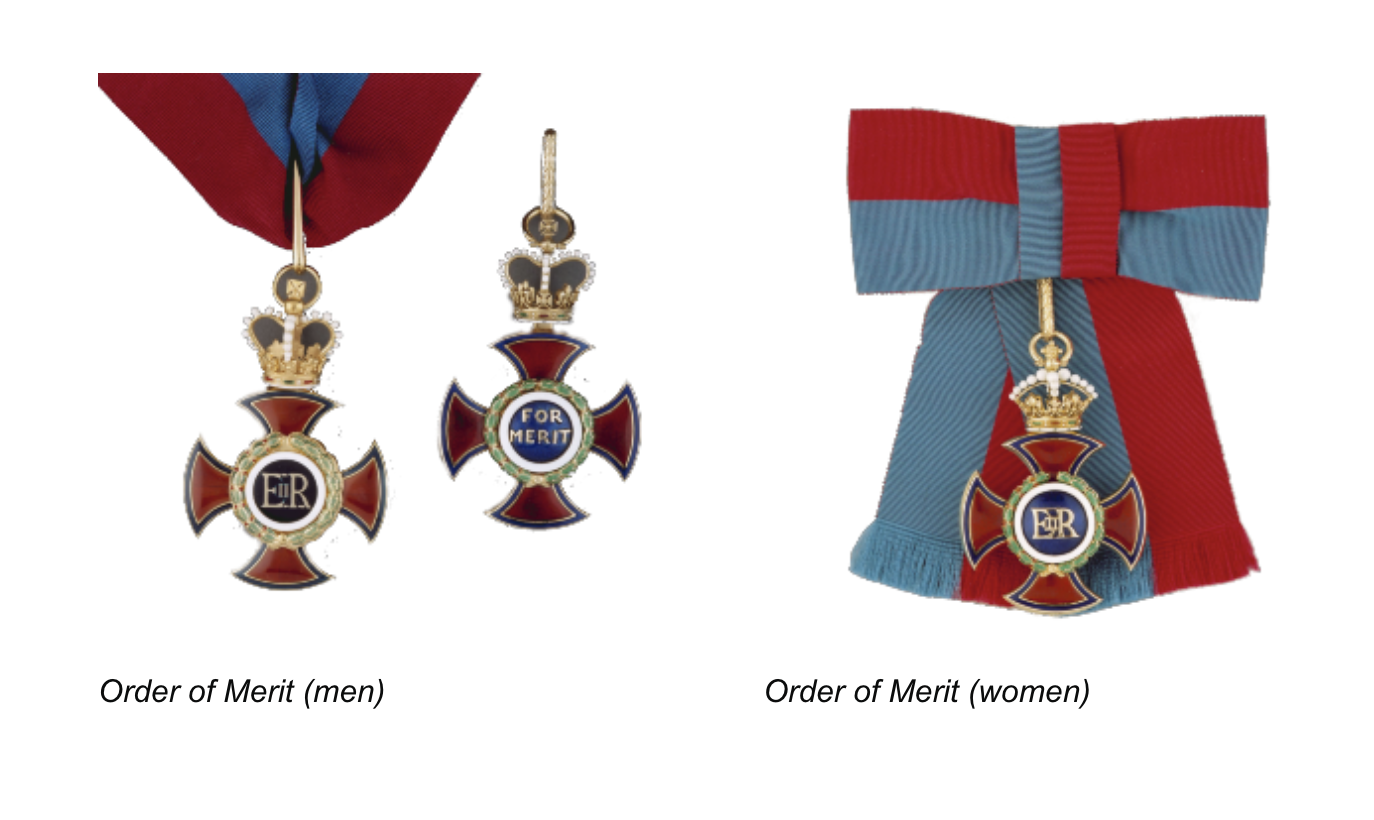 UK Honour System: Order of Merit medals. Photo Credit: © UK Cabinet Office.
UK Honour System: Order of Merit medals. Photo Credit: © UK Cabinet Office.
Orders of Chivalry
Many of these will be well-known to guides. In order of precedence, they are:
Order of the Garter: This is the oldest order of chivalry, founded by Edward the Third in 1348 and based at Saint George’s Chapel, Windsor Castle. The order has a maximum of twenty-four members, and the garter may be given to former Prime Ministers like Winston Churchill, Tony Blair or John Major – but not to David Cameron, Boris Johnson or Liz Truss.
Motto: ‘Honi soit qui mal y pense’ (Shame on him who thinks evil of it).
Order of the Thistle: Founded in 1687 for people from Scotland by King James the Second as a revival of an old order of knights, it is second in order of precedence only to the Knights of the Garter and consists of sixteen members. In 1987, women were admitted to the order.
Motto: ‘Nemo me impune lacessit’ (No-one assaults me with impunity).
Order of Saint Patrick: This is the order of chivalry associated with Ireland. It was created in 1783 by George the Third but was discontinued in 1922 when Ireland was divided into two: the Irish Free State, which later became an independent republic, and Northern Ireland, which remained within the UK. Citizens of Northern Ireland are now honoured with another knight or damehood. These include the former athlete Mary Peters, who is a Garter Knight. The last member of the Order of Saint Patrick, the former Duke of Gloucester, died in 1974.
Motto: ‘Quis separabit?’ (Who will separate us?).
Order of the Bath: This large order will be well-known to all blue badge guides who take tours to Westminster Abbey, where it is housed. Founded in 1725 by George the First, it consists of over 2000 members divided into three categories – Knights Grand Cross (currently 120), Knight Commanders (355) and Companions (1925). Those who are made Knights of the Bath are usually prominent military officers or civil servants, but the monarch is also allowed to appoint honorary members, often foreign heads of state, to the order.
An installation ceremony takes place every four years, most recently in May 2022 when it was presided over by Charles, then Prince of Wales. It involves placing the banner and coat of arms of the knight in the Henry the Seventh Chapel. Members of the order may have to wait a long time before installation. (Twenty-two years for Air Marshal Lord Craig of the RAF.)
Motto: ‘Tria juncta in uno’ (Three joined in one – Civil Division), ‘Ich dien’ (I serve – Military).
The Order of the Star of India and The Order of the Indian Empire were founded in the nineteenth century but are now dormant as India gained its independence in 1948.
Mottos: ‘Imperatricis auspices’ (Under the auspices of the empress – motto of the Order of the Indian Empire) and ‘Heaven’s light our guide – motto of the Order of the Star of India).
Order of Saint Michael and Saint George: This order was founded in 1818 by the future King George the Fourth while he was Prince Regent. (His father, King George III, was still alive but was not considered competent to make decisions, and his eldest son acted as de facto king.) The award is given at the monarch’s personal pleasure and is typically awarded to those who have served the United Kingdom in a non-military way in a foreign country.
Since 1906, the chapel of the Order of Saint Michael and Saint George has been at Saint Paul’s Cathedral in London, which also houses the chapels of the Knights of the British Empire and Imperial Society of Knights Bachelor. The Saint Michael and Saint George Chapel, where the installation of new knights takes place, can be seen to the right of the entrance.
Motto: ‘Auspicium Melioris Aevi’ (Token of a better age).
The Royal Victorian Order was established in 1896 by Queen Victoria and recognises distinguished personal service to the monarch and his or her family. There is no limit to the number of people appointed to this order and admission is at the discretion of the monarch.
The order is based at the King’s Chapel of the Savoy which is a small church near the Savoy hotel in London just off the Strand. However, the order has grown in size in recent years and now uses Saint George’s Chapel in Windsor Castle for its gatherings, held every four years. Citizens of fifteen other Commonwealth countries are eligible to be honoured in this order.
Anthony Blunt, as surveyor of the late queen’s pictures, was appointed to the order but his honour was removed in 1979 when he was exposed in the media as a former Russian spy.
Motto: ‘Victoria.’
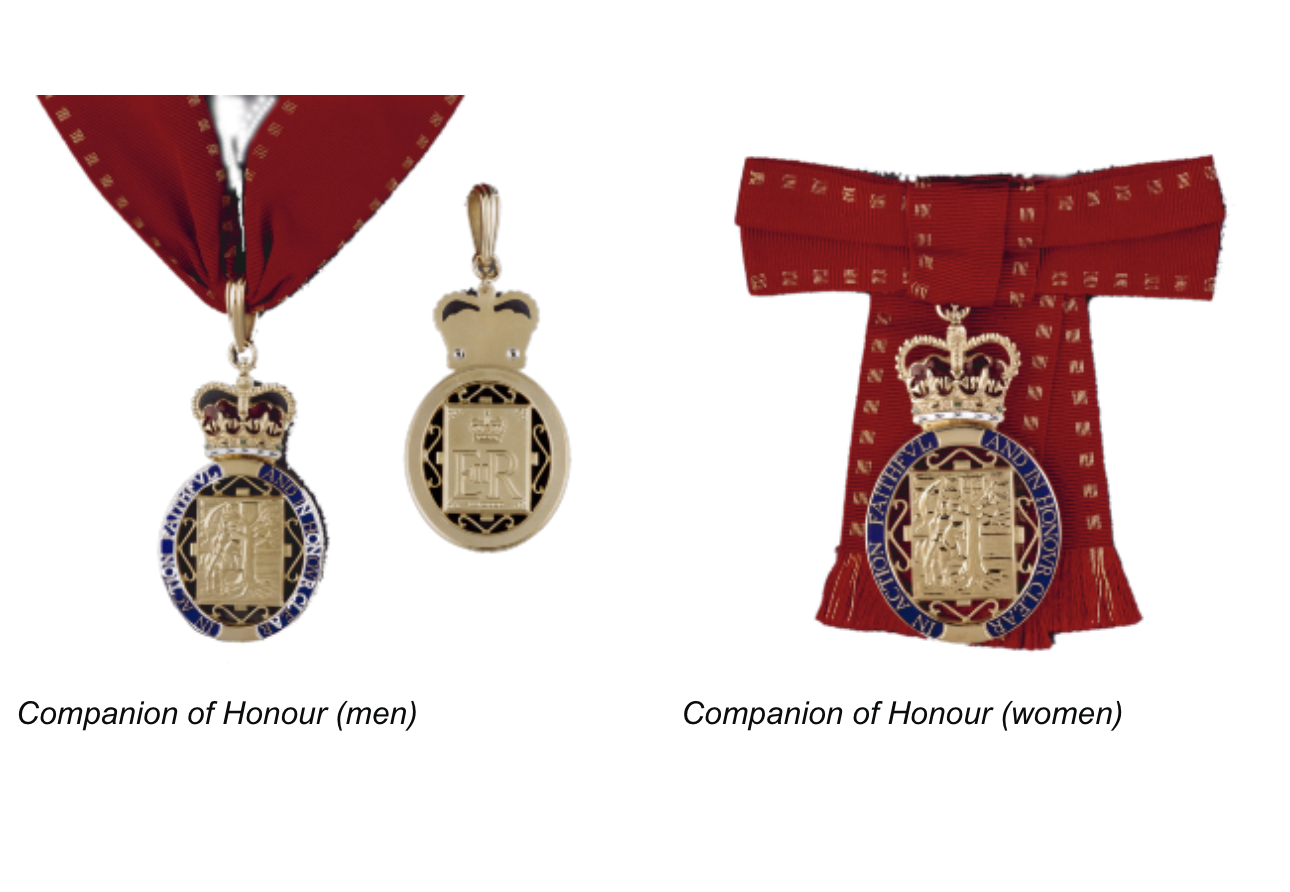 UK Honour System: Companion of Honour medals. Photo Credit: © UK Cabinet Office.
UK Honour System: Companion of Honour medals. Photo Credit: © UK Cabinet Office.
What is the difference between a Knight and a Lord?
In medieval times, knights were created because of exceptional service to the crown, often on the battlefield. Being awarded a knighthood or damehood allows the recipient to be called ‘Sir’ (for men) or ‘Dame’ (for women). It may be accompanied by entry into an order of chivalry, but this is not always the case. Those honoured usually receive their awards at Buckingham Palace and are pictured in the media holding the medals they have been given.
After being given a knighthood, the recipient is then eligible to become a Lord, which would entitle him to sit in the House of Lords. Probably the best example of a man who has been honoured with both a knighthood and lordship is the actor and theatre director Laurence Olivier, who went from being Sir Laurence (his knighthood was awarded in 1947) to Lord Olivier in 1970. He was later further honoured with the award of the Order of Merit in 1981. Not only can a Lord use that title, but his wife is automatically addressed as ‘Lady’. This, however, was a life peerage which dies with the recipient – like virtually all honours offered today.
Knight Bachelor – an honour without an order
Knighthoods have been bestowed on musicians such as Paul McCartney, Elton John and Tom Jones, who were made Knights Bachelor without entry into an order of chivalry. The actor Sean Connery was also knighted by the government but, being a patriotic Scot, wished to receive his honour at Holyrood Palace in Edinburgh rather than at Buckingham Palace.
How to get a UK Honours
You cannot nominate yourself for a UK honour, but a friend or family member can do so on your behalf, although only ten per cent of the 3500 nominated annually are offered one. Many who are given honours are government employees put forward by their department as a reward for being hard-working and conscientious civil servants. The gender breakdown in the honours system is close to parity now, with 49% of recipients female. This proportion decreases, however, with the more senior awards, which are mainly offered to men. Some people use companies like Awards Intelligence to assess and improve their chances of being honoured.



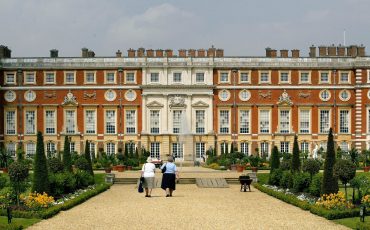
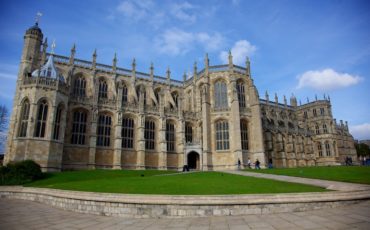


Leave a Reply